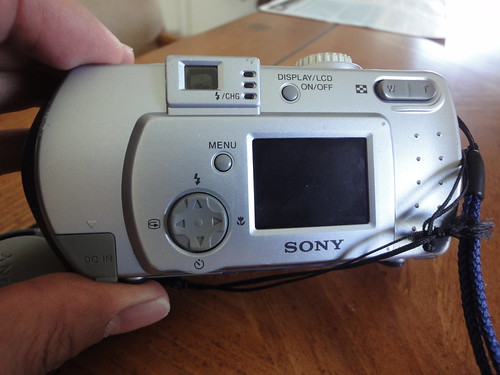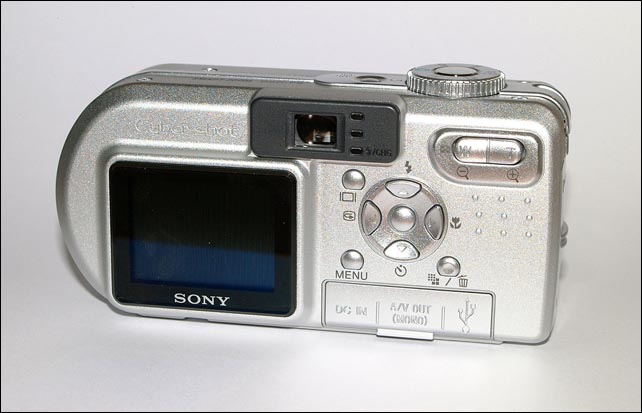Here are my thoughts on the recipes.
 Milk tea popsicles:
Milk tea popsicles:Because I like Hong Kong style milk tea, I used Red Rose tea bags for the milk tea popsicles. And let me tell you, six bags of that stuff makes a powerful brew!! I even subbed out one bag for two bags of the weaker Mother Parker's orange pekoe (which is absolutely atrocious, btw; I just got a free box from a friend who didn't want it, now I know why!). I think next time I'll use five bags Red Rose and one bag Mother Parker.
 I found it odd that the recipe calls for sweetened condensed milk. We always use evaporated milk in our milk tea at home. But I went along anyway. I found the milk tea base to be too sweet. I figured, since it's a cold dessert, it may need more sugar to taste sweet, so I let it slide.
I found it odd that the recipe calls for sweetened condensed milk. We always use evaporated milk in our milk tea at home. But I went along anyway. I found the milk tea base to be too sweet. I figured, since it's a cold dessert, it may need more sugar to taste sweet, so I let it slide. I liked the idea of having tapioca boboa, especially when described so:
The tapioca pearls start out solid, but they slowly thaw and turn chewy in your mouth. It’s a little like the bubblegum ice cream of your youth: After the creamy part is gone, the pearls remain to prolong the fun.
 I used the same black bubble tea pearls I've been using for a while now. They're tasty and pleasantly chewy when warm, but get kind of grainy even at room temperature. In the frozen popsicle, they do indeed start out solid, then turn chewy. But the core turns grainy again. This may just be a flaw in this brand of bubble tea pearls.
I used the same black bubble tea pearls I've been using for a while now. They're tasty and pleasantly chewy when warm, but get kind of grainy even at room temperature. In the frozen popsicle, they do indeed start out solid, then turn chewy. But the core turns grainy again. This may just be a flaw in this brand of bubble tea pearls. I think next time, I will not have so many pearls. The recipe calls for filling the molds halfway, freezing for one hour, then making another addition of pearls and tea base. I think I will use only half as many pearls next time.
And I think I will not put them at the very tip! Next time, I will fill the molds with an inch of tea base, freeze for half an hour, then add the pearls and top off the molds. This is because when I try to unmold the popsicles, the tips melt slightly and reveal bulbous black pearls sticking out of the tip like some grotesque alien appendage.
Here, the tip broke off when I tried to pull out the popsicle:
I suspect the appearance may put off some dinner guests!!
Red bean popsicles:
 I made my own red bean paste based on this recipe. (Btw, 250g of adzuki beans turns out to be close to 1+1/3 cups.)
I made my own red bean paste based on this recipe. (Btw, 250g of adzuki beans turns out to be close to 1+1/3 cups.) I dislike that the paste comes out brown instead of red; but next time I will not boil the beans in the soaking water!!
I may have added too much salt to the paste recipe, but it worked out once the paste was in the popsicle base.
Instead of heavy cream, I used coffee cream; and instead of whole milk, I used 2% (because that's what we have).
Upon tasting, I'll concede that it could have used more sugar. I had cut back, but now I know to make them sweeter! I like that the whole (or mostly-whole) beans settled toward the tip.
But I think I would have liked more variety of texture. It felt like there were only whole beans, and pureed beans, and nothing in between.
Red bean paste (leftovers are probably enough to make another batch!):
Finished popsicle:
Not quite as red as I had wanted, but still kind of pretty. I don't really like the light-coloured band near the stick-end, though. Maybe I will have to stir the popsicles after they've just set.
Vietnamese Coffee Popsicles
I actually happened to still have some Trung Nguyen coffee grinds, so I decided to use those. Unfortunately, we don't have a working coffee maker, so I improvised, using a metal strainer and a coffee filter. This took a few tries, because the strainer would sometimes tip, spilling coffee grinds into the coffee below.
Watching the coffee drip gives me a new appreciation for drip machines. It's kind of painful to watch all that liquid sitting at the top, drip so slowly down--especially with so much coffee grinds!
I actually didn't have as much condensed milk as the recipe called for; so this may turn out to taste more like a plain, strong coffee than Vietnamese -style coffee. Again, I used coffee cream instead of heavy cream, because that's what we have here.
The taste? ... A bit too much like regular coffee, actually. The coffee cream gives it away. Next time, I will open another can of sweetened condensed milk if I have to!
I really like the way the ice crystals look after sucking on the popsicle a little. The crystals are so distinct, dark and clear amidst the creamy brown...
Since I started writing this post, I've actually made more popsicles--I think I've been bitten by the Popsicle-Making Bug. But these will have to wait for their own post, next time. The flavours I've made are: lavender lemonade and blueberry; green tea ice cream; strawberry and balsamic vinegar; and I may have time to make one more flavour before bed, though I haven't decided yet!
Meanwhile, I've removed each popsicle from its mold and wrapped in plastic cling wrap, then put into a zip-top freezer bag. With the new popsicles, I've already filled two freezer bags and a third is on its way. Hopefully I don't lose track of which flavour is which!

























